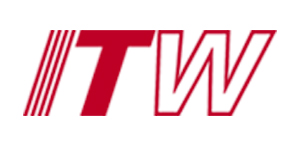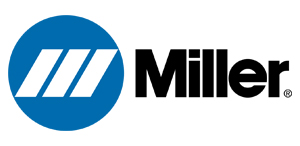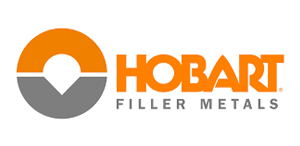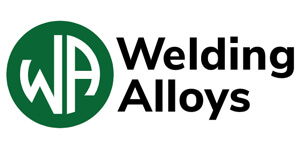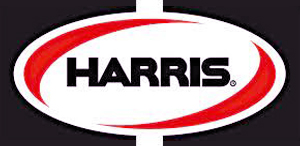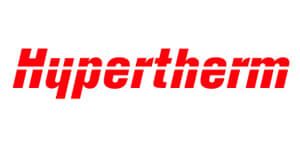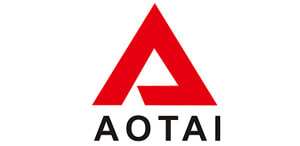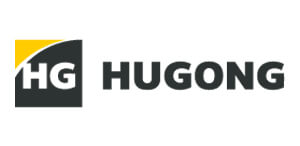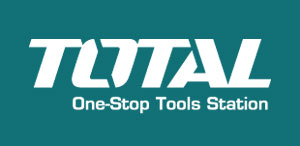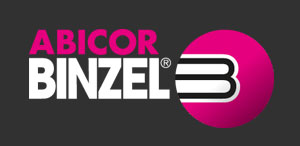Nitrogen Services for Pipeline and Process Applications
The unique properties of liquid and gaseous nitrogen offer a wide range of capabilities to both onshore and offshore oil, gas and petrochemical industries. Used predominantly during plant maintenance shutdown and startup operations, nitrogen purging and subsequent nitrogen/helium leak testing form a critical path to the success of any project.
Nitrogen Purging
Nitrogen purging is an industry standard technique for the replacement of a hazardous or undesirable atmosphere with an inert dry atmosphere. The two most common methods of purging are displacement and dilution. The geometry of the process system determines which method is used.
For simple systems, displacement purging is usually more effective in terms of time and cost but, for more complex systems, dilution purging is used.
Nitrogen Drying
Using nitrogen offers a number of advantages for drying operations. Cryogenic nitrogen contains only trace quantities of moisture, making it very effective in drying operations (nitrogen gas dew point is between -80˚F and -90˚F [-62˚Cand -67˚C]). Nitrogen provides an inert atmosphere for long-term preservation once the drying process is completed. This environment reduces oxidation and no purge is required after drying is complete. Nitrogen also provides time savings since it can be used to rapidly pressurize a system.
Nitrogen Gas Lifting
Nitrogen is used in well applications to reduce the weight of fluid in the wellbore. Nitrogen is pumped through coiled tubing (or gas lift tubing) and discharged at the well perforations. As the nitrogen gas flows up the production casing, it expands and reduces the weight of fluid in the column, allowing the well to flow.
Nitrogen Pressure Testing
In some circumstances, when hydrostatic testing is not possible, components or systems may be tested with nitrogen. However, system design specifications must be reviewed and a detailed risk analysis completed before testing with a compressible medium.
Blanketing
Blanketing gases such as nitrogen and carbon dioxide are commonly used as protective atmospheres in storage tanks and vessels containing flammable liquids or solids to prevent fire or explosion. These gases are also used to maintain a dry inert atmosphere to prevent corrosion of cleaned piping and vessels.
Nitrogen Cooling
During refinery shut down, it is desirable to reduce the temperature of process catalysts as quickly as possible. Large volumes of nitrogen can be pumped by pumping equipment to assist in the cooling process and save valuable hours of shutdown time.
Nitrogen Pipe Freezing
Liquid nitrogen, having a boiling point of -384.4˚F(-195.8˚C), has an application as a coolant in indirect pipe freezing systems. On pipework compatible with cryogenic liquids, liquid nitrogen can be used as the direct cooling medium.
Pipe freezing approach provides a number of benefits over more conventional approaches:
- Time savings due to the “no draining operation”
- Costs savings as liquid waste is limited
- Repairs can be carried out without interruptions to the process system
- Provides isolation for pressure or leak testing
- Effective use of plant/platform personnel.

